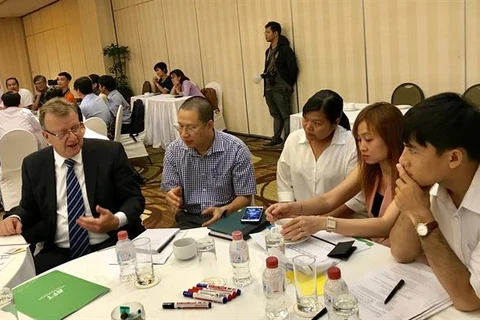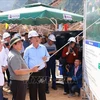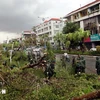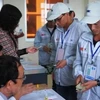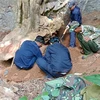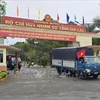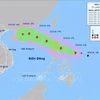HCM City (VNS/VNA) - More than 840 billion VND (36.5 million USD) is needed to ensure food safety in Ho Chi Minh City’s agricultural sector in the 2021-2026 period.
The municipal People’s Committee has proposed the food safety plan to the Ministry of Planning and Investment and the Ministry of Finance.
Under the plan, the food safety management system and infrastructure would be improved, helping to reduce food poisoning cases, disease and pollution. It would also help increase quality and yield in sustainable food value chains to reach export targets.
The plan will be conducted in urban and suburban districts such as Cu Chi, Binh Chanh, Hoc Mon, Nha Be and Can Gio districts.
Of the total investment, nearly 30 million USD is sourced from ODA loans, while the remainder comes from the city budget.
The plan comprises three major components. The first is improving infrastructure for the development of safe agri-food value chains. The second is building capacity and institutional improvement of agri-food safety management. Plan management is the third component.
The city’s food safety management is undertaken by its Food Safety Management Board and Department of Agriculture and Rural Development.
The Interdisciplinary Steering Committee on Food Hygiene and Safety operates at all levels from communes and wards to districts and the city.
Over the years, the city has promoted effective management of production and consumption chains of agricultural products, with traceability and geographical indications to ensure food hygiene and safety for consumers.
However, the production scale remains small, and products, mostly raw ones, are only preliminary processed.
The number of enterprises investing in agricultural production still accounts for a low rate. In addition, wholesale markets associated with concentrated production areas have not developed in a coordinated way./.
The municipal People’s Committee has proposed the food safety plan to the Ministry of Planning and Investment and the Ministry of Finance.
Under the plan, the food safety management system and infrastructure would be improved, helping to reduce food poisoning cases, disease and pollution. It would also help increase quality and yield in sustainable food value chains to reach export targets.
The plan will be conducted in urban and suburban districts such as Cu Chi, Binh Chanh, Hoc Mon, Nha Be and Can Gio districts.
Of the total investment, nearly 30 million USD is sourced from ODA loans, while the remainder comes from the city budget.
The plan comprises three major components. The first is improving infrastructure for the development of safe agri-food value chains. The second is building capacity and institutional improvement of agri-food safety management. Plan management is the third component.
The city’s food safety management is undertaken by its Food Safety Management Board and Department of Agriculture and Rural Development.
The Interdisciplinary Steering Committee on Food Hygiene and Safety operates at all levels from communes and wards to districts and the city.
Over the years, the city has promoted effective management of production and consumption chains of agricultural products, with traceability and geographical indications to ensure food hygiene and safety for consumers.
However, the production scale remains small, and products, mostly raw ones, are only preliminary processed.
The number of enterprises investing in agricultural production still accounts for a low rate. In addition, wholesale markets associated with concentrated production areas have not developed in a coordinated way./.
VNA



